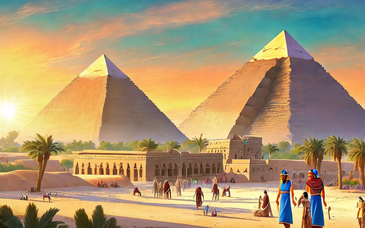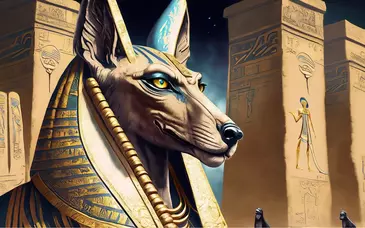
In 1868, Thaddeus Mott (right), a Union colonel and a favorite of the Turkish court, met Ismail in Constantinople. He impressed the Khedive, and was soon commissioned as a major general in the Egyptian army. Mott quickly convinced Ismail to add more American veterans to the Egyptian staff. With the Khedive’s blessing he returned to the United States, and with the help of General of the Army William T. Sherman, began enlisting recruits. The situation presented a new chance for dozens of Civil War veterans. About fifty former Union and Confederate officers would make the three-week journey to Egypt. In addition, at least four active U.S. officers were given leaves of absence, allowing them to gain experience in Egypt. All of these men accepted actual commissions in the Egyptian Army, agreeing to fight for Egypt in any war, except one against the United States. Some stayed for only a few months (or even days), while others remained for years. Several Confederate luminaries, including P. G. T. Beauregard, Joseph Johnston, and George Pickett considered going, but declined. In 1870, Mott brought over his first two recruits, William Wing Loring and Henry Hopkins Sibley, both veteran frontier officers and generals in the Confederate army. The pair were given uniforms, introduced to the Khedive, and put to work inspecting Egypt’s defenses.

General Charles Pomeroy Stone was named Chief of Staff of the Egyptian Army, and served as the nominal head of the American officers (in theory, Stone was outranked by Mott, but Mott began to fall out of favor with the Khedive). Stone began by trying to impose American efficiency, providing the Egyptian Army with a general staff. The Americans took over a wing of the Citadel (left), a 12th-Century fortress in Old Cairo. A generation earlier, that same wing had been the home of ruler Mehemet Ali’s harem. The general staff concept never quite worked, as it conflicted with the Egyptian pasha system, in which each commander (pasha) was completely responsible for his unit, overseeing such matters as supply, discipline, and transport, as well as leading it in battle. To the Americans, this system seemed rife with corruption. For their part, the Egyptians did not understand why it was necessary to divide these tasks among a headquarters staff, thinking it confusing and irresponsible. Nor did they share the American love for paperwork. Friction between the two cultures was frequent. The Americans could be headstrong and blunt, the Egyptians obstinate and inscrutable.
The Americans didn’t even always get along with each other. A notorious shooting incident in Alexandria involving three of the Southern officers and the nephew of Union general Benjamin “the Beast” Butler led some observers to believe the Civil War was far from over. Meanwhile, Charles Stone (who actually made great efforts to maintain harmony among his countrymen) sometimes found himself a lightning rod for the discontent of several of his officers. However, such cases were the exception, and many of the officers made lifelong friendships, regardless of which side of the Mason-Dixon line they hailed from.

And there were successes. The Americans established schools to train officers and enlisted men, and even conducted classes for the children of soldiers. Because of this, the literacy rate soared. The American officers proudly displayed these accomplishments to General Sherman himself, who made a visit to Egypt in 1872. The most spectacular contributions by the Americans came in the field of exploration. Several of the officers led expeditions through unexplored regions of East Africa. Charles Chaillé-Long undertook a perilous journey to Uganda, and discovered Lake Kioga, through which the Nile flowed north towards Egypt. (the picture at right, taken by Charles Gordon, shows Chaillé-Long upon his return from the expedition.) Alexander McComb Mason mapped the White Nile all the way to Lake Albert, and discoved the Semliki River. Other expeditions explored and mapped the desert regions of Darfur and Kordofan. The Chief of Staff summarized many of these accomplishments in an 1876 report to the Khedive.


